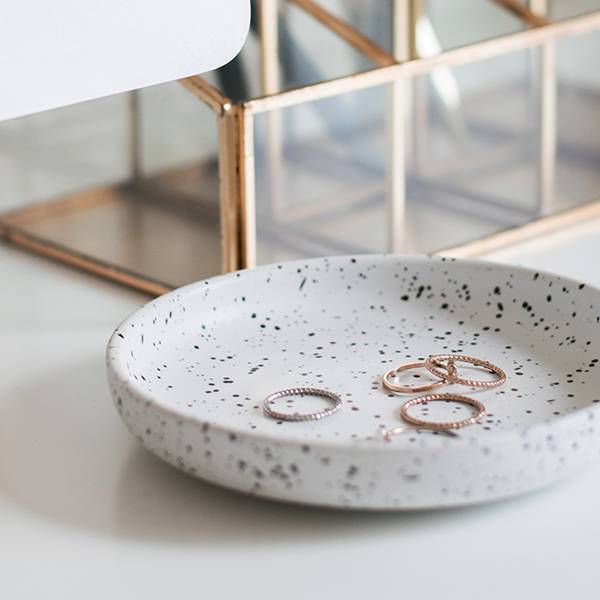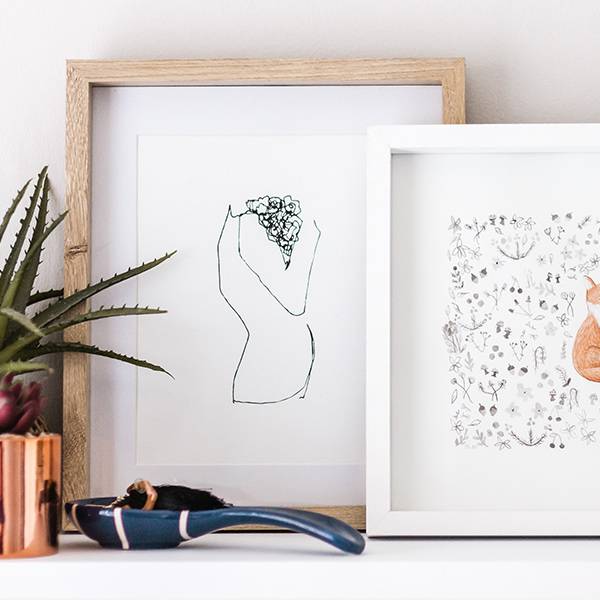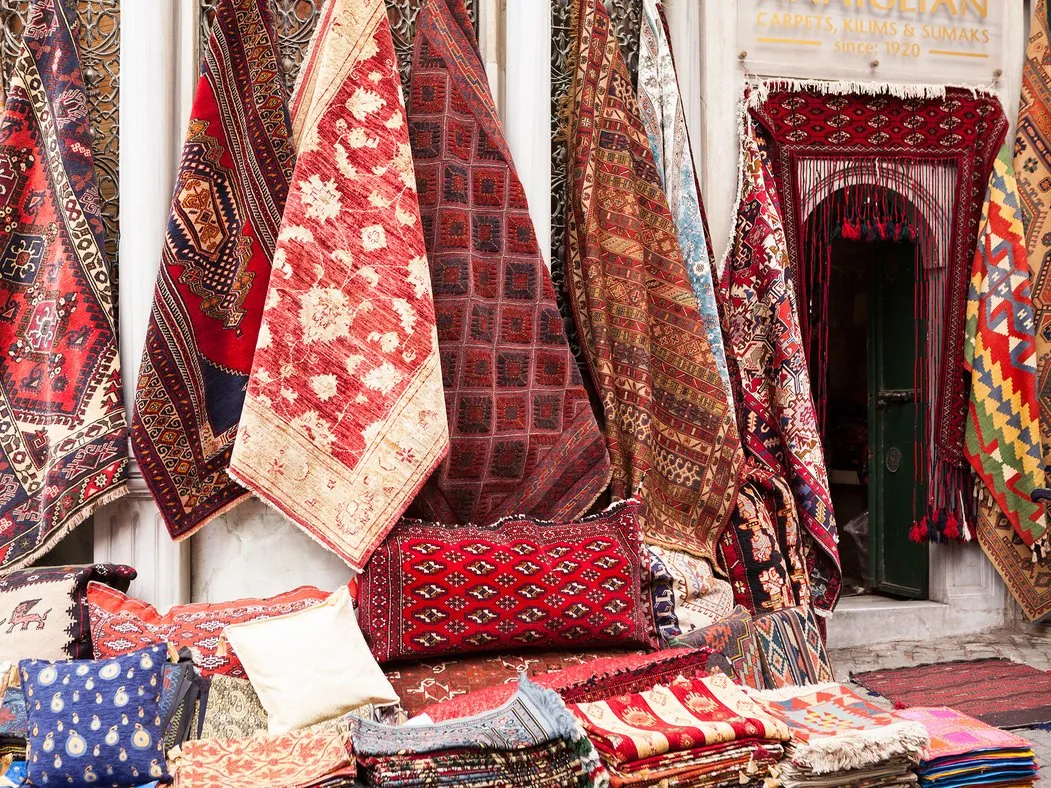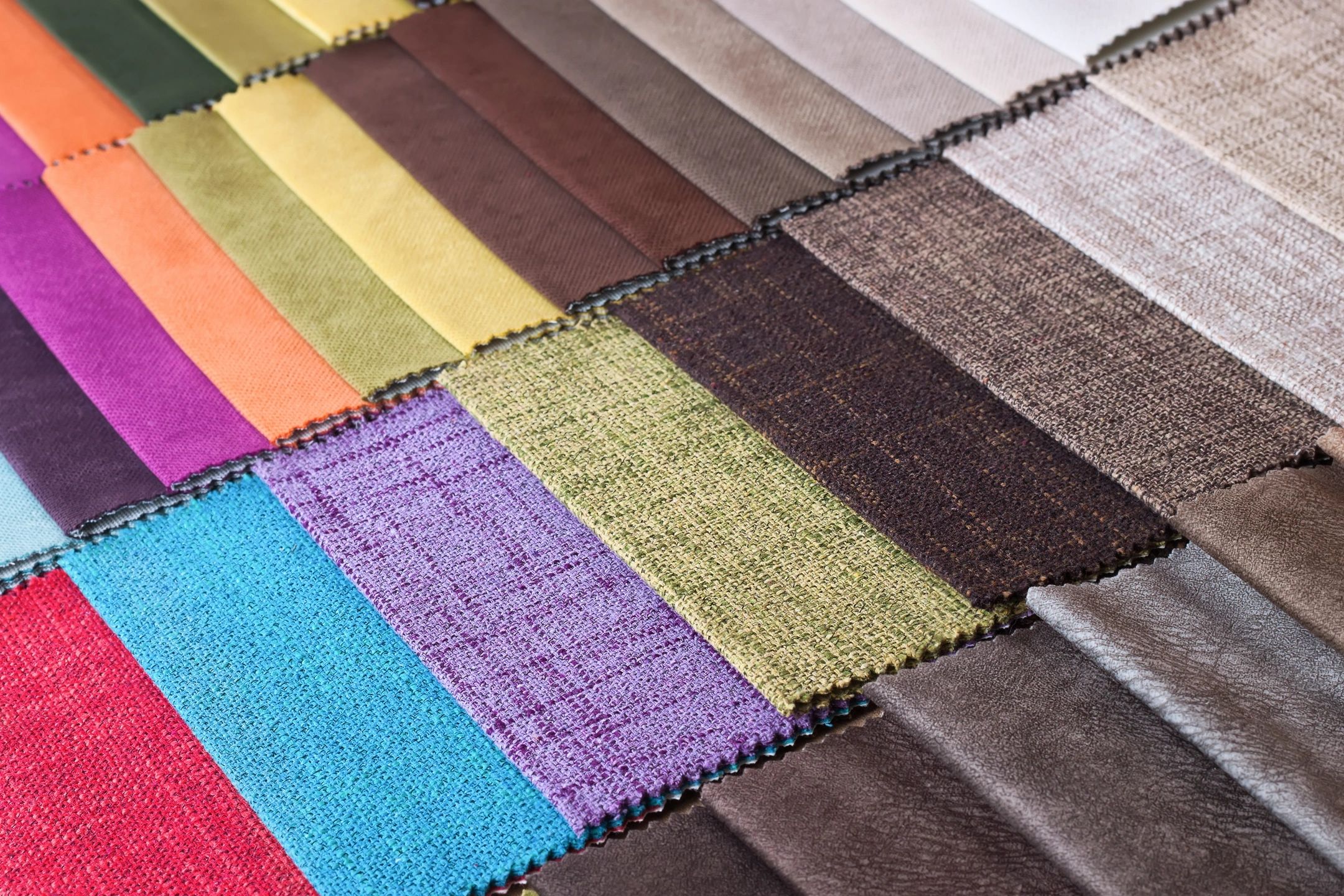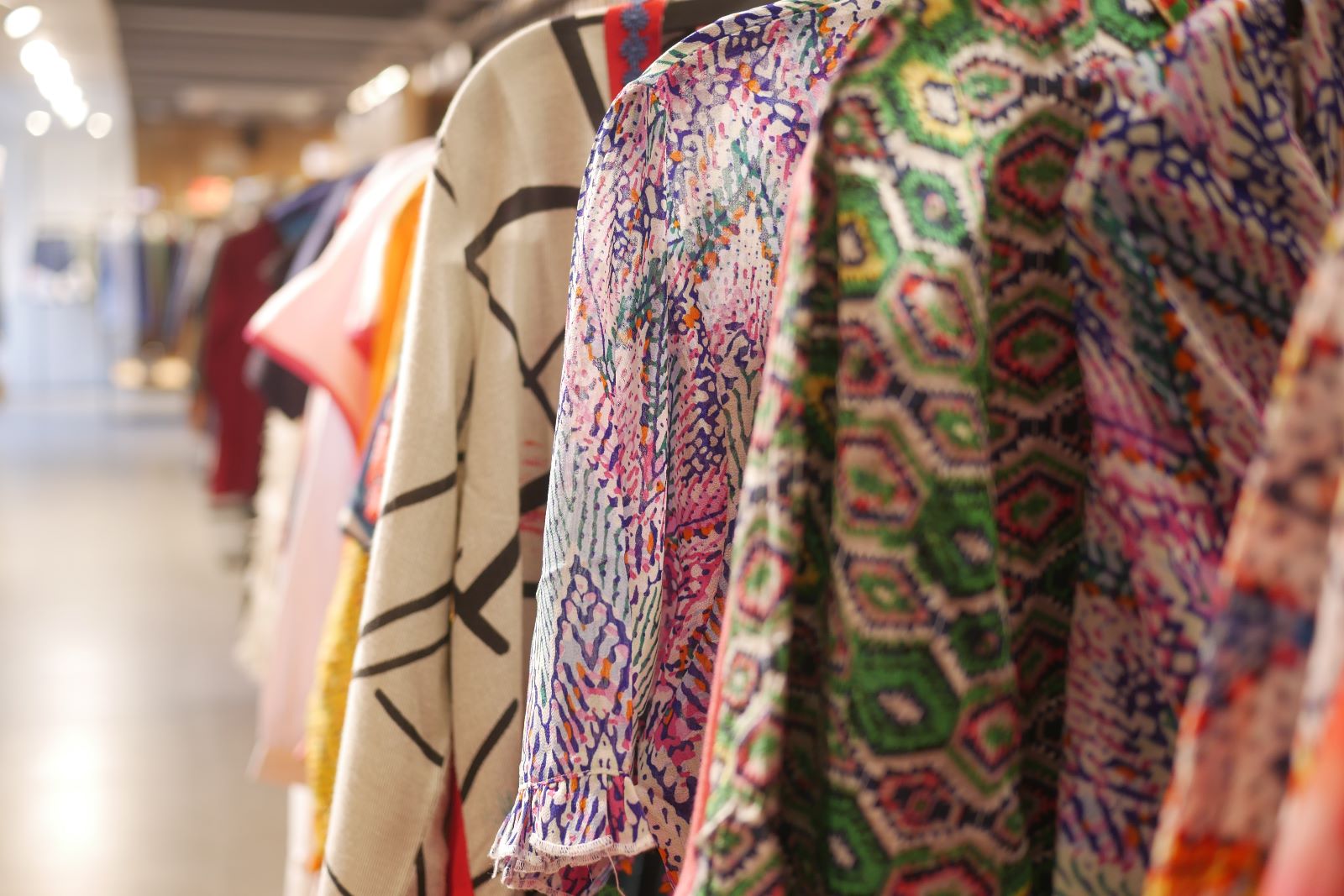Traditional Turkish Textiles: A Journey Through History and Culture
In the vibrant tapestry of Turkish culture, textiles stand as a testament to centuries of craftsmanship, tradition, and innovation. From the intricate patterns of kilims to the luxurious silks of Ottoman court attire, Turkish textiles have captivated admirers around the world, weaving stories of heritage and artistry. Let us embark on a journey through the rich tapestry of traditional Turkish textiles, exploring their historical significance and enduring cultural legacy.
The roots of Turkish textile tradition date back to ancient times, with evidence of weaving found in archaeological sites dating back thousands of years. The Hittites, an ancient Anatolian civilization, were skilled weavers who produced textiles using techniques that would influence generations to come. As trade routes flourished, Turkish textiles became sought-after commodities, prized for their quality and beauty.
One of the most iconic Turkish textile traditions is the art of kilim weaving. Kilims, flat-woven rugs or tapestries, are adorned with geometric patterns and vibrant colors, reflecting the diverse regional styles found across Turkey. Each kilim tells a unique story, with motifs often carrying symbolic meanings passed down through generations. From the nomadic tribes of Anatolia to the grand palaces of Istanbul, kilims have been an integral part of Turkish life for centuries.
Another hallmark of Turkish textile craftsmanship is the art of carpet weaving. Turkish carpets are renowned for their exceptional quality and intricate designs, with techniques perfected over centuries. The city of Hereke, located near Istanbul, became famous for its silk carpets woven for the Ottoman court. These exquisite creations adorned palaces and mosques, showcasing the opulence and grandeur of the empire.
Silk production also played a significant role in Turkish textile history. Bursa, in northwest Turkey, was renowned for its silk industry, with artisans producing luxurious fabrics favored by royalty and the elite. The city’s silk bazaar, known as Koza Han, was a bustling center of commerce where silk merchants from across the region converged to trade their wares.
In addition to kilims, carpets, and silk, Turkish textiles encompass a wide range of other traditional crafts, including embroidery, needlework, and weaving techniques such as çini (tilework) and çorap işi (sock knitting). These intricate art forms are passed down through generations, preserving cultural heritage and fostering a sense of identity among Turkish communities.
Today, Turkish textiles continue to thrive, blending tradition with contemporary design to create innovative and inspiring works of art. Artisans across the country are revitalizing ancient techniques, experimenting with new materials, and adapting to changing tastes while staying true to their cultural roots.
In a world where mass production often eclipses craftsmanship, Turkish textiles serve as a reminder of the enduring power of tradition and the timeless beauty of handmade artistry. As we admire these exquisite creations, we not only celebrate the skill and creativity of Turkish artisans but also honor the rich tapestry of history and culture that they represent.
By : Mimi Moda
Sustainable Fashion in Turkey: A Growing Trend
In the vibrant tapestry of Turkish fashion, Istanbul stands as a beacon of creativity, innovation, and style. From historic neighborhoods steeped in tradition to bustling districts
Textile Innovation: The Role of Turkish Fabrics in Global Fashion
In the dynamic world of fashion, textiles play a pivotal role in shaping trends, driving innovation, and reflecting cultural identities. With a rich history of textile production d
Revival of Traditional Turkish Clothing in Modern Fashion
In recent years, there has been a remarkable resurgence of interest in traditional Turkish clothing within the realm of modern fashion. This revival represents more than just a nos
Fashion Capitals of Turkey
In the vibrant tapestry of Turkish fashion, Istanbul stands as a beacon of creativity, innovation, and style. From historic neighborhoods steeped in tradition to bustling districts
Innovation in Turkish Sportswear
In recent years, Turkey has emerged as a dynamic player in the global sportswear industry, harnessing innovation to elevate its offerings to new heights. From cutting-edge fabrics
Traditional Turkish Textiles: A Journey Through History and Culture
In the vibrant tapestry of Turkish culture, textiles stand as a testament to centuries of craftsmanship, tradition, and innovation. From the intricate patterns of kilims to the lux
Shopping Culture in Turkey: Exploring Bazaars and Boutiques
The Vibrant Tapestry of Shopping Culture in Turkey: Exploring Bazaars and Boutiques Turkey’s rich cultural heritage is not limited to its historical landmarks and sumptuous c
The Evolution of Turkish Fashion
Unveiling the Rich Tapestry: The Evolution of Turkish Fashion Fashion in Turkey has traversed a remarkable journey, reflecting the country’s diverse cultural heritage, histor
Textile industry in Türkiye
Turkey is considered one of the leading countries in the field of textile manufacturing, as it has a long and traditional history in this sector. Turkey is famous for providing hig



